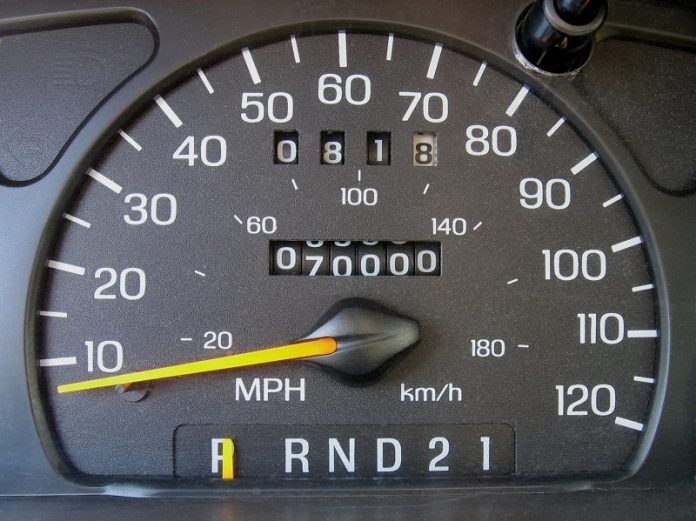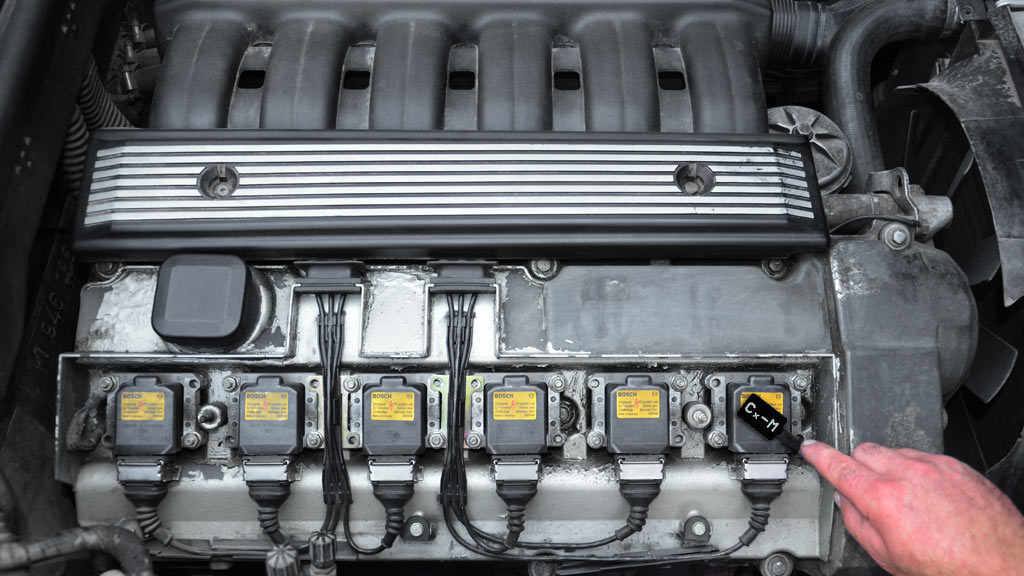Top Fuel Saving Tips For Trucks
Whether you need to haul a heavy load or pull a trailer, or simply enjoy the unique driving experience that sport trucks have to offer, owning a gas-guzzling pickup is not friendly to the environment and your wallet in the long run. The good news is, there are great solutions to increasing a truck’s gas mileage.
Although individually these methods might not sound like much, slight improvements can accumulate to considerable savings down the road. These are easy to follow: just be mindful of basic vehicle maintenance and good driving habits.
How To Get Better Gas Mileage In A Truck
Use the Right Gas
The very first thing, which is the easiest and most affordable, is to make sure you are buying the right food for your baby. In older-model trucks, low-octane gas will adversely affects your engine’s efficiency in generating combustions, which means lower fuel efficiency. Especially if you spent the money on a high performance pickup, don’t ruin it by putting low-octane gas in it. High performance cars always require the highest grade fuel.
The recommended gasoline for most cars is regular octane, which has the lowest octane rating of 87. Midgrade or the middle range has a rating of 89 to 90. Premium gas has the highest rating of 91–94.
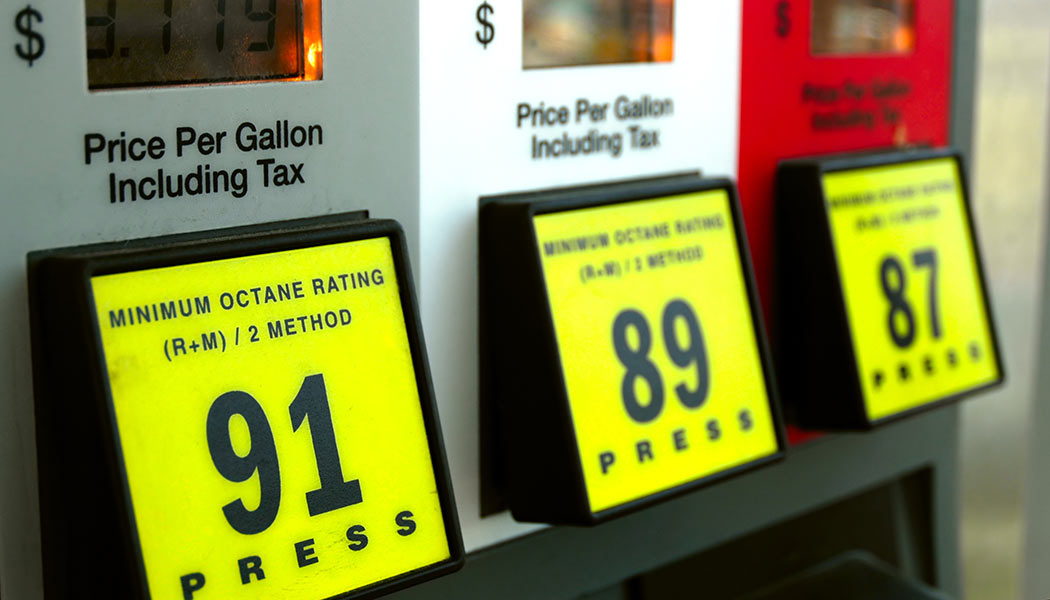
The manual of high performance gas would specify which grade of gas you should buy for your expensive four-wheeled investment. And while you’re at it, use a good brand of gas, actually the best you can buy, and preferably one with detergent additives that keep the system clean.
That said, using a higher octane gasoline than your owner’s manual recommends offers absolutely no benefit. Unless your owner’s manual specifies premium fuel, or your vehicle is equipped with a turbocharger or supercharger, you don’t really need premium fuel.
Steady Driving
Continuous acceleration, deceleration and braking drastically reduces your gas mileage. In other words, iit takes more gas to accelerate than it does to maintain the same speed. Sure, we all like to indulge the urge-for-surge every now and then, but nothing will suck up more gas than a heavy foot.
Even the most avid drivers and truckers will typically invariably speed up and slow down continuously down their route, which means fewer miles per gallon (MPG). To avoid this, use your cruise control on the highway to help maintain a constant speed to improve your fuel efficiency.
Also remember to take it slow and easy on starts and stops with a light foot on the pedals. If you’re not in a hurry and not on the highway, try to slow down a little in general if you can, because your vehicle uses more gas when you drive at higher speeds. Specifically, gas mileage decreases rapidly above 60 miles per hour, so unless it is absolutely safe and necessary to do so, like when you’re on a highway, there is no need to drive too fast.
Do note that while cruise control is an effective gas-saving technology, it’s best on level roads but can actually increase fuel consumption on uphill climbs. One hack shared by the experienced truckers is while on the freeway, you should engage Overdrive on automatics, unless you’re towing or hauling, and upshift into the Overdrive gear on manuals.
Plan Your Route
Try to drive less whenever you can. It’s so simple, but countless drivers fail to do this every day and every time, which can add up to many miles less traveled during a month or a year. Try to plan your trips ahead to avoid rush hour and high-traffic areas, or routes with repeated traffic snarls and stop-and-go driving. Also try to combine your errands so that you accomplish as much as possible during the shortest trip possible, especially if you live far away from your workplace and/or shopping areas.
Avoid Excessive Idling
Try to avoid idling when you can. If you’re stopped in traffic and need to wait very long, or if you are picking someone up, turn the vehicle off instead of idling for ten minutes. Avoid drive-thru windows with long lines.
Lighten Your Load
We can all improve our fuel economy by removing unnecessary weight from the truck bed or cargo area. Do a check and you might find some extra heavy tools and supplies that you’ve been unnecessarily carting around all the time instead of just as well leaving at home. While this might sound trivial, lightening your load will have a noticeable effect in the long-term, as experienced by avid truckers and drivers.
To further lighten your truck’s weight, you can go more hardcore and replace the bulky parts, not just in the engine block but throughout the vehicle, with lighter components. Get rid of the extra seats, throw out unused things in the trunk, switch glass windows with acrylic, and change the traditional brakes with disc brakes. These things will make the car more aerodynamic and help the engine to use more power.
Use the A/C Less Often
The AC is known to amplify the load on the engine, thus is one of the most common high fuel consumption causes. Same goes for a car heater.
The right thing to do is open windows for a few minutes after you start driving, before turning the AC on. Such a step would cool down the car a bit, thus better fuel economy. Another tip is to use air vents to circulate air instead of air conditioning.
A smart trick to reduce the A/C’s load is by parking in the shade so that the truck doesn’t heat up as much during short stops. To keep your vehicle as cool and airy as possible while it’s parked, simply leave the windows or sunroof cracked ever so slightly if you’ll be right back, or if you’re close enough to run out and shut them if it starts to rain.
Sometimes AC use can be better for fuel consumption. This is when you are driving at a speed of 80 km/hr or more, as the open windows are liable to produce aerodynamic drag.
Make Sure You Put On The Right Gear
If you are an owner of a manual transmission vehicle, there are chances of utilizing excessive fuel. This occurs more when you are an amateur driver. Assume, you have put on the second gear and are moving with a 50km/hr speed. That, in turn, would demand more power to make a move, thus more fuel consumption.
In simple words, if you drive with smaller gear and the speed requirement is more, the fuel would be overused. The key to reducing the fuel consumption is synchronizing the speed with the gear changes and accelerating to a limit.
Tires Inflation and Maintenance
Many drivers don’t know that properly monitoring your tires can have a huge impact on your gas mileage. Under-inflated tires will have increased contact with the road, creating a drag that lowers fuel economy, and negatively impacts the vehicle’s braking and handling. So read your owner’s manual and make sure your tires are inflated as the manufacturer recommends.
In addition, under-inflated tires wear faster and unevenly, and build up excess heat as you drive, which can result in tire failure. To help maintain tires in optimal inflation, use a tire-pressure gauge to check the pressure of your tires at least once a month and before starting on any long trip.
For accurate tire pressure readings, check the tires when cold, as driving heats the air inside the tires and effectively increases the inflation reading. Check tire pressure before going on a long trip, and always check it before towing or hauling heavy loads. In extremely hot conditions, check the pressure periodically to make sure the tires are not reaching the maximum safe inflation level.
Don’t forget about your truck’s wheel alignment. Wheel alignment refers to all the elements that make your car go straight. It’s intuitive that if the truck isn’t rolling straight, you won’t get optimum fuel efficiency.
It involves three main measurements: caster, camber, and toe. If you hit a massive pothole and bump your suspension out of alignment, the carefully calculated specifications to which the components were set will be deformed and need to be realigned. To realign your truck’s wheel alignment, a technician will use standard measurements as targets for adjustment.
Bed Cover for Better Aerodynamics
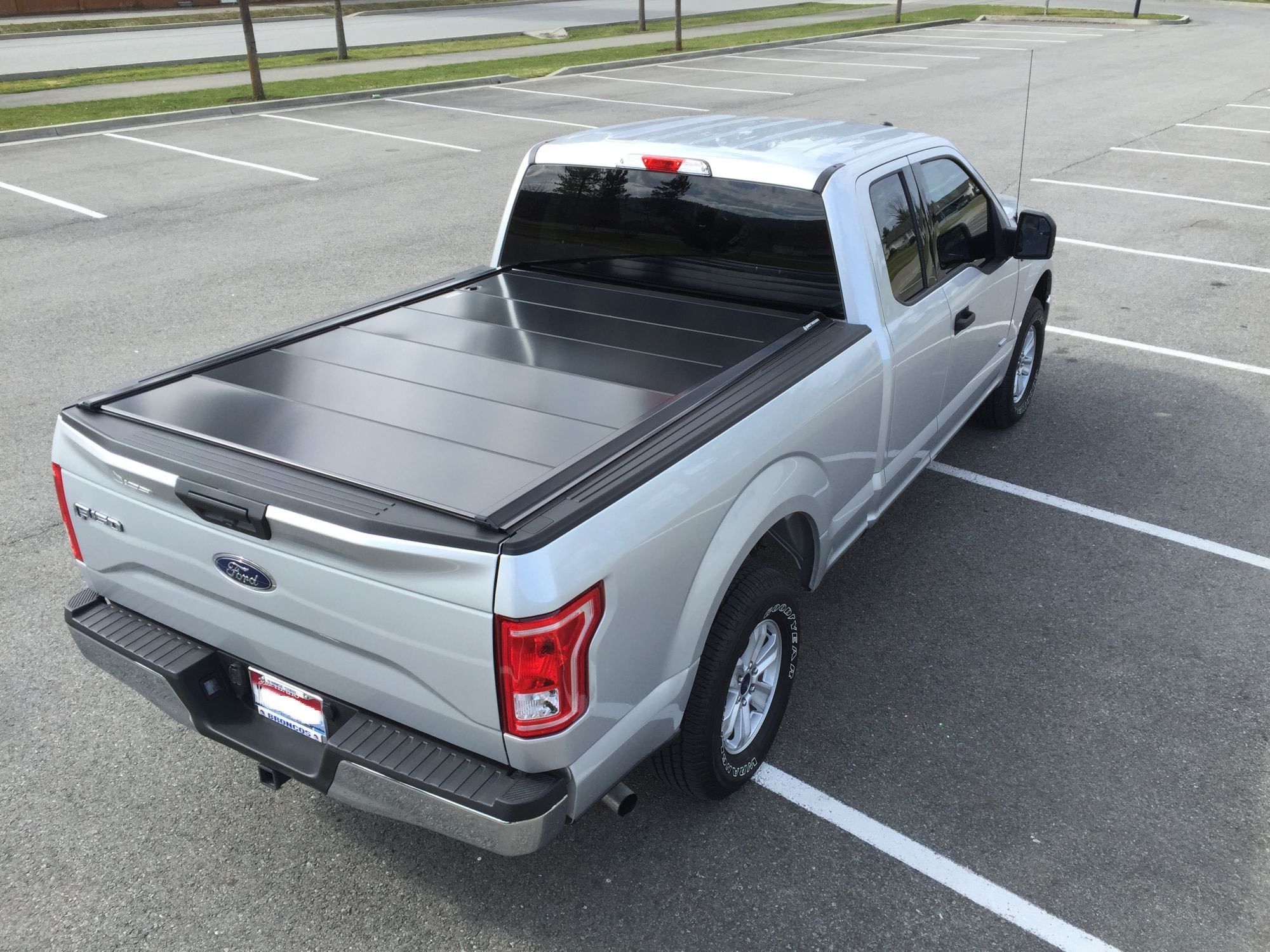
Pickups have inherently poorer aerodynamics compared to more compact passenger cars. This is partly due to their open beds and tailgate, which cause a great deal of airflow turbulence and, consequently, more aerodynamic drag. This prompts many truckers to lower their tailgates, but contrary to popular belief, recent studies have shown that simply lowering your tailgate increases drag.
To minimize turbulence and drag to maximize fuel efficiency, you should invest in a tonneau cover, unless you’re hauling on a daily basis. Not only does it eliminate a great deal of the aerodynamic drag associated with a pickup, it also cleans up your truck’s looks. If you do haul frequently, have a look at retractable bed-covers that offer benefits of increased efficiency provided by a tonneau cover.
Many truckers opt for roof racks, but carrying things on the roof actually creates another source of drag that can eat up gas. Keep your roof clear at all times unless you actually need to haul something from one place to another.
Another solution is Camper shells. In addition to giving you a large, secure cargo area, the best models also reduce drag, similar to the way tonneau covers work. No longer having the “Grandpa’s fishing rig” stigma they used to, the latest models of Camper shells are contoured, have flush-mounted glass, are available in the most popular colors, or can be painted to match your vehicle.
Use A Lower-Viscosity Oil
The efficiency of your oil pump has a major impact on your gas mileage. Thick oil makes the pump work extra hard, thus directly lowering your MPG. This is particularly true in the winter months when oil gets thicker at lower temperatures.
One solution is to change to a lighter oil altogether, or when you’re winterizing your truck before the season comes. It’s recommended that in extremely cold climates, switch to a 0W30 or 0W40 oil to expedite oil flow in sub-freezing conditions.
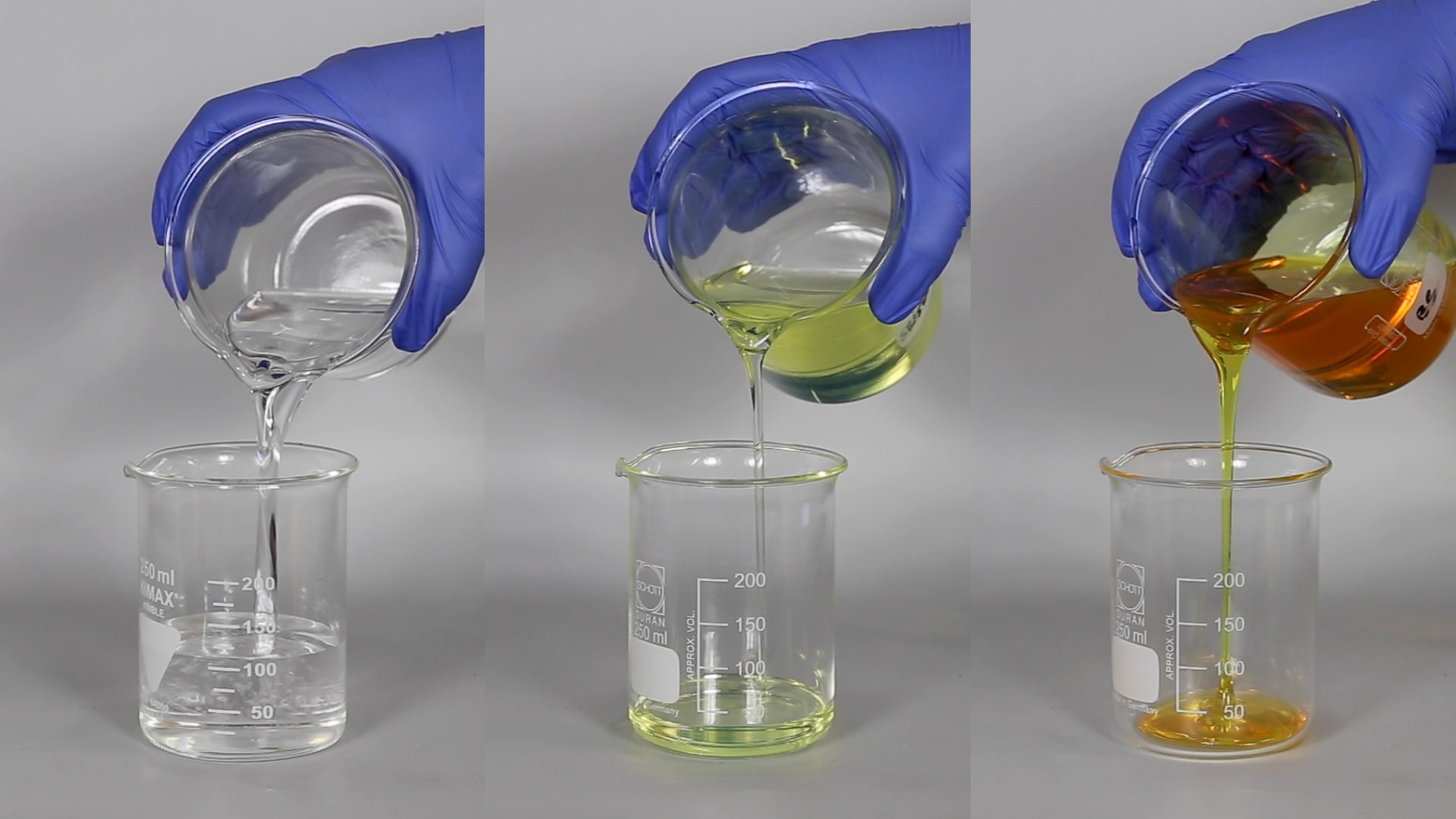
That said, always follow your manufacturer’s recommendations. Also, remember that you will more likely need thicker oil if you’re hauling or towing a mobile home behind. But unless you do frequent towing or hauling, the thicker-viscosity oils are not necessary.
Switching from a thick 20W50 to thinner 5W30 will make a noticeable difference in responsiveness. For most light truck use, 10W30 should be a good compromise, but consult your owner’s manual for factory recommendations.
Even if you can’t use lighter oil, regular oil changes will keep your oil from getting excessively thicker over time. The recommended interval for oil change is about every 3,000 to 5,000 miles, plus before winter, or whenever your manufacturer recommends.
READ MORE
- How To Check Engine Oil
- When To Get An Oil Change?
- Engine Oil Color: Determine If It Needs To Be Changed
Proper Lubrication and Synthetic Oils
Another big rule of thumb is anything that creates friction in your vehicle’s engine or anything mechanical, reduces engine performance and fuel efficiency. This is why it is important to change all of your truck’s fluids on schedule to ensure it is always in tip top shape. The better you lubricate your engine parts with a good motor oil, the more power output you can add to your engine.
Better yet, you can opt for synthetic lubricant. Synthetic lubricants create better lubrication between moving parts than conventional oils. They don’t break down in high-heat, high-stress situations, which is why you see them used a lot in racing. Less friction and the resulting overheating means they help engines live longer and work more efficiently.
They also offer excellent cold weather performance and extreme temperature protection. Certain brands of synthetic oil are specifically engineered to be more robust in terms of low-temperature pumpability, high-temperature stability and protection against deposits.
The only major downside of synthetic oil is it is significantly more pricey, generally twice as much as equivalent-viscosity conventional oil.
Change Transmission Fluid and Differential Oil
Though proper engine maintenance is fairly common knowledge, many areas are often overlooked, such as changing the transmission fluid and differential oil. These two areas can significantly contribute to the fuel efficiency of your pickup.
While the quality of the lubricants and the tolerances of the mechanical systems from the factory have improved dramatically in the last few years, it probably wouldn’t hurt to change these fluids every 50,000 miles.
With older vehicles, the rule of thumb is to change the transmission fluid (gear oil) on manual transmissions at 30,000-mile intervals, or more frequently under demanding conditions. It’s also advisable to change the rear differential oil at the same interval. With many modern vehicles, the transmissions have lifetime service intervals on the transmission, that is generally 100,000 miles.
Now, don’t get transmission fluid confused with engine oil. While the engine oil primarily lubricates the engine, a car’s transmission fluid serves multiple functions, including lubricating and protecting all moving components of your transmission, acting as a coolant and viscous fluid to transmit power from the engine to the transmission, and more.
Then what happens if your car’s transmission fluid runs low? Without needed lubrication, the transmission will run overly hot, impending the system’s efficiency. Overheating also leads to excessive wear and tear, followed by malfunction and eventual failure.
READ MORE
- Is Engine Oil The Same As Transmission Oil?
- How To Check Transmission Fluid For Manual And Auto Cars
- How Often To Change Transmission Fluid?
- Easy Guide To Read The Transmission Fluid Color
Performance Chips
A performance chip is an aftermarket software, also referred to as a “flash”, and to install a performance chip is also called “to reflash” your truck’s computer. Most later-model domestic full-size trucks have many aftermarket options available to improve performance and efficiency. For almost any factory turbo car, a performance chip or tuner is by far the best bang for your buck when it comes to getting more power as well as efficiency out of your vehicle.
These plug-in programmers allow the owner to adjust spark timing, injector pulse width, enhance throttle response, towing power, gear ratio, air intake index, speedometer calibration, and a variety of other variables to improve overall engine efficiency. And higher engine efficiency means better gas mileage.
However, do note that some chips are designed chiefly for unleashing the hidden power from the engine, which would require more fuel, while some are designed to increase fuel mileage of your vehicle by optimising other parameters. So it’s best to consult someone experienced to check which one is the right chip for your purpose.
Note that certain settings require use of premium fuel. This is because performance chips are designed to take full advantage of your engine by adjusting the ignition timing to smooth out power delivery, which would often require premium gasoline to do the job. If you get a common upgrade package that includes a computer programmer, plus a cold air intake and a free flow exhaust system, all of which are effective modifications that can help improve fuel mileage, it will cost you about $1,000.
Use a cold air intake (CAI)
It’s the cheapest and the easiest way to increase a vehicle’s fuel efficiency as well as torque and horsepower. The CAI is an aftermarket assembly of parts that help the pulled air to become cold and dense.
The air gets mixed with the fuel, and together they burn to produce power. Condensed air means more air gets into the cylinder and more air leads to more combustion. Anything that makes your engine work extra efficiently will have a positive impact on your gas mileage.
You Might Wanna Try: the Fitch Fuel Catalyst for $190
A new product for improved gas mileage has recently hit the market: the Fitch Fuel Catalyst, manufactured by Advanced Power Systems International, which is founded by John Fitch, a veteran race car champion. The fuel catalyst claims to treat the fuel in the tank to keep the gasoline fresh for improved combustion. Optimal combustion means the engine runs more efficiently, thus increasing fuel economy and also reducing emissions.
According to APS, the Fitch Fuel Catalyst will last the life of your vehicle and not clog any fuel pumps or any part of the fuel system. The Fitch Catalyst is also available in an inline system for vehicles that won’t allow the use of pellets in the tank.
Many vehicle owners have tested the product by measuring their car’s combined highway and city average fuel consumption over one month and reported positive results. Many claimed that the numbers well justify the product’s price, which is $190.
Regular Servicing and Maintenance: Things To Avoid
Regular servicing for your truck is essential to always maintaining good gas mileage, as this ensures every component in your system is doing its job most efficiently, thus ensuring your engine’s efficiency, which also means fuel efficiency. During your scheduled service or when you perform maintenance for your vehicle in your own garage, there are certain things that you should pay more attention to, as they directly affect your engine performance and gas mileage.
Dragging Brakes
You might be wondering what brakes have to do with fuel efficiency. In fact, brakes are important not just for stopping, but also for the overall efficiency of your vehicle.
Brake problems can increase the rolling resistance of your vehicle, and increased rolling resistance translates to a harder-working engine. Anything that makes your engine work harder will eat fuel. If something is causing your brake to only partially apply or not fully release, it is hurting your mileage by making your engine work harder.
You are having dragging brakes, or brakes that are not releasing fully, if you notice excessive gray dust on wheels and tires, or the accelerator must be depressed farther than usual to achieve normal driving speeds. This is why you must periodically check your brakes just to be sure that everything is properly lubricated to maximize fuel efficiency and of course, safety.
Dirty Air Filter
Air filters trap contaminants in a media made of paper and synthetic fibers. Over time, this filter becomes filled with dirt and debris, thus reducing airflow, preventing the engine from “breathing” properly.
If your engine does not get the amount of air it requires for combustion, it’s not going to be very efficient and needs to work harder. Anything that makes your engine work harder compromises fuel economy. Professionals claim that a very dirty, clogged air filter can reduce fuel economy by as much as 10% in the very worst cases.
While dirty air filters are one of the most common excessive fuel economy causes, fortunately the remedy is simple, so do not forget to perform this maintenance job regularly. Air filters need to be cleaned and unclogged so that the engine can work at its peak performance.
Low Coolant
As with all machineries, overheating may spell troubles to efficiency, or worse, permanent damage. To ensure the engine stays at an optimal operating temperature, your car relies on antifreeze, or engine coolant. Driving with low coolant could let your engine get overheated and thus run less efficiently, reduces fuel economy and might even suffer serious damage.
So be sure to regularly check the coolant level and top it off if needed. Also check the condition as well as the operation of the cooling fans if you have electric fans to make sure the cooling system is working properly.
Bad Oxygen Sensors
Having bad oxygen sensors can reduce your gas mileage by up to 10%. The oxygen sensors help maintain the proper mixture of air and fuel, which is strictly required for optimal engine performance. A bad oxygen sensor means deviation in the ratio of air and fuel, and having this off balance will cause the engine to run inefficiently, thus reducing fuel economy.
Worn or Fouled Spark Plugs
Your engine produces power to run your car by creating a combustion, or explosion, inside the combustion chamber, hence the name “internal combustion engine”. To generate such combustion, your spark plugs supply the electrical spark that ignites the air and fuel mixture that is fed into the combustion chamber.
These small but simple plugs create an arc of electricity across two leads which are not touching, but close enough together that electricity can jump the gap between them. Electricity is created by the alternator and transmitted through the spark plug, jumping the gap in the plugs firing end if the voltage supplied to the plug is high enough.
When a spark plug works correctly, it helps burn fuel efficiently in the combustion cycle. It will use the optimal amount of fuel to generate combustion to create power to run your car. With a functional spark plug and given that everything else works efficiently in harmony, your car can achieve better than average fuel economy.
Bad Fuel Injectors
As the name suggests, the fuel injectors are responsible for putting fuel into the engine. Having bad fuel injectors or a leak can cause bad mileage as the engine will not receive enough fuel required for optimal combustion, thus will run less efficiently.
EGR Valve Leak
The purpose of the Exhaust Gas Recirculation (EGR) Valve is to reduce emissions. The EGR valve recirculates exhaust generated during the engine’s combustion back into the combustion cycle, thereby reducing the engine’s temperature and lowering the production of poisonous nitrous oxide.
EGR valves open and close to control the gas flow. Overtime, the exhaust builds up a hard and thick wall of carbon, locking the EGR valve in the open or close position. This will block system passages, thus increasing the engine’s temperature and increasing nitrous oxide emissions.
If the EGR valve does not close at idle or when the engine is cold, it can allow exhaust gases to leak back into the intake manifold causing the engine to misfire and in turn lead to poor fuel economy.





